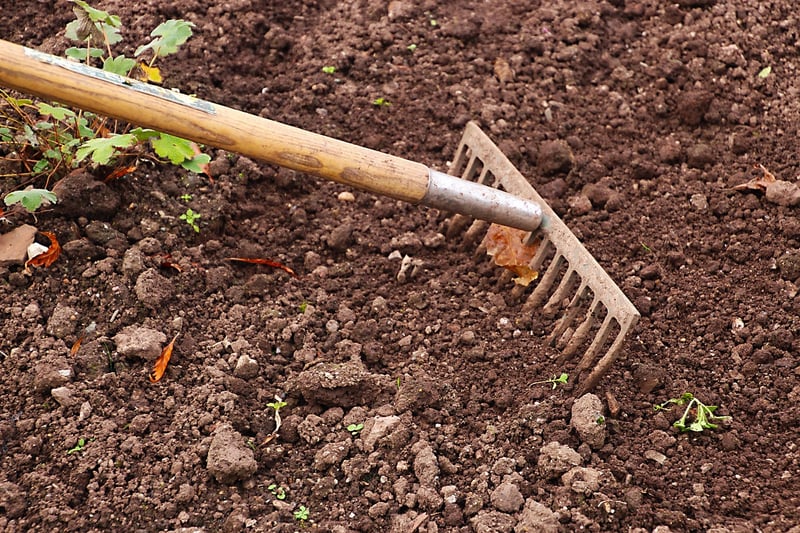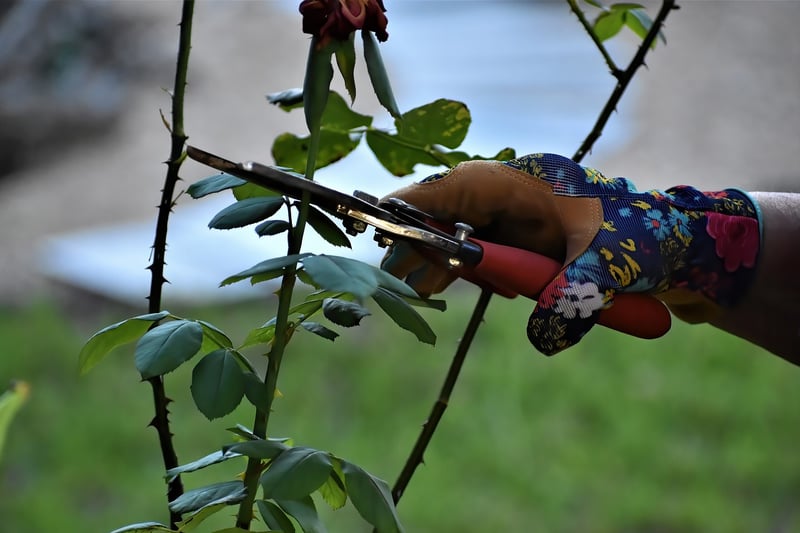Pruning Guide
Keep Your Garden Thriving: A Pruning Guide

Having a beautiful garden requires not only planting the right flowers and plants but also proper maintenance. Pruning is an essential task that can help your garden thrive and look its best. Whether you are a seasoned gardener or a beginner, this pruning guide will provide you with valuable tips to keep your garden in top shape.
Why Pruning is Important
Pruning is the process of selectively removing parts of a plant such as branches, buds, or roots to help it grow better. It promotes healthy growth, improves plant appearance, and prevents diseases. Regular pruning can also increase flower and fruit production.
When to Prune
The timing of pruning depends on the type of plant. In general, it's best to prune flowering shrubs right after they bloom, while winter is a good time to prune most deciduous trees. For fruit trees, pruning in late winter or early spring is recommended.
Pruning Tips
- Use sharp and clean pruning tools to make precise cuts.
- Remove dead, damaged, or diseased branches first.
- Prune at a 45-degree angle just above a bud or a branch junction.
- Step back regularly to assess the plant's shape and symmetry.
- Don't remove more than one-third of the plant's growth at a time.
Common Mistakes to Avoid
- Avoid pruning too late in the season, as it can stimulate new growth that may not harden off before winter.
- Don't cut flush to the trunk, as it can lead to decay and disease.
- Avoid over-pruning, as it can weaken the plant and reduce flower or fruit production.
Conclusion
Pruning is a key practice in maintaining a healthy and vibrant garden. By following the tips outlined in this guide and avoiding common mistakes, you can ensure that your garden flourishes throughout the year. Remember, a well-pruned garden is a happy garden!
Happy pruning!

